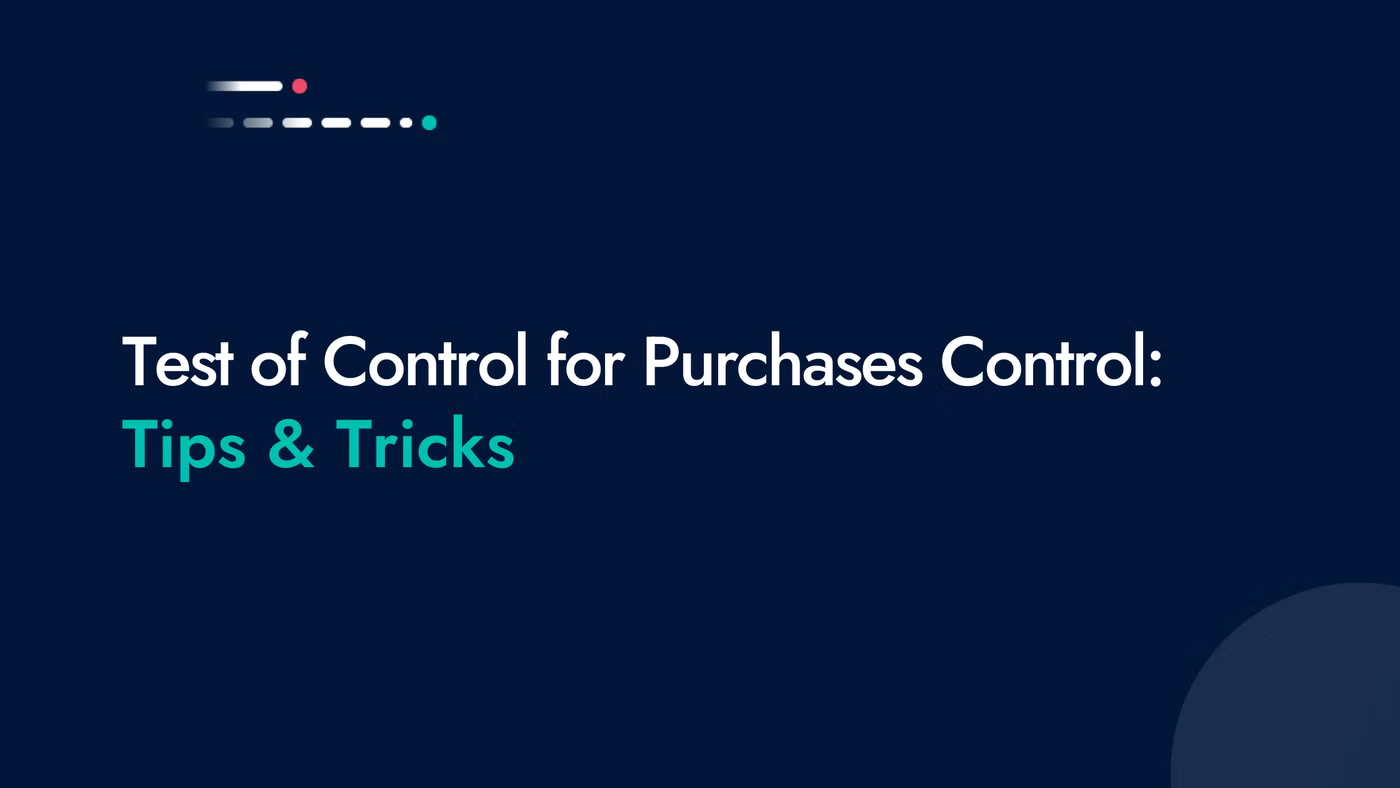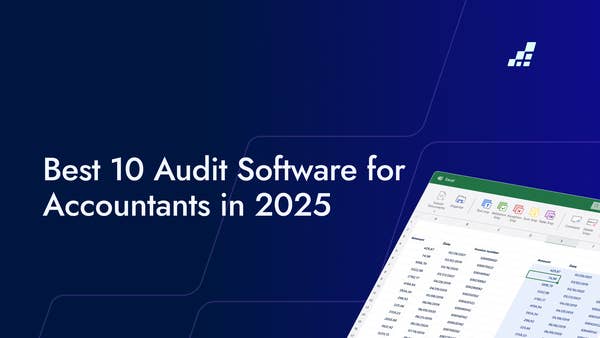- /
- Blog
Test of Control for Purchases Control in Audit: Tips & Tricks

A well-designed test of control can provide auditors with valuable insights into the reliability and integrity of financial statements.
This article aims to explore the importance of test of control in auditing, with a specific focus on purchases control.
Understanding the Importance of Test of Control in Auditing
The primary objective of conducting a test of control is to determine whether the internal controls implemented by an organization are operating effectively.
In the case of purchases control, auditors need to ensure that the controls in place provide reasonable assurance that purchases are authorized, properly recorded, and accurately reflected in the financial statements.
By testing the controls, auditors can gain confidence in the integrity and reliability of the purchases process. This not only helps in reducing the risk of fraud or error but also provides a solid foundation for evaluating the overall financial health of the organization.
The Importants of Test of Control for Purchases
Effective purchases control ensures that only authorized purchases are made, payments to suppliers are accurate, and potential risks are mitigated.
Given the significance of the purchases control process, auditors focus on testing the control activities associated with various aspects of the process.
This includes examining the authorization process, review of purchase orders and invoices, segregation of duties, and vendor management.
What is a Test of Control and How Does it Differ from Substantive Testing?
Unlike substantive testing, which focuses on the accuracy and validity of accounting transactions, the test of control is aimed at determining whether the controls are operating as intended.
Substantive testing, on the other hand, is concerned with the actual amounts recorded and reported in the financial statements.
In the context of purchases control, a test of control may involve reviewing documentation, such as purchase orders, invoices, and approval records, to verify if the controls are consistently followed.
Defining Objectives for the Test of Control for Purchases
Before conducting a test of control, it is important to define clear control objectives. Control objectives for the purchases process may include:
- Ensuring that only authorized individuals have the authority to initiate purchases.
- Verifying that all purchases are supported by proper documentation, such as purchase orders and invoices.
- Assessing the segregation of duties to prevent any potential conflicts of interest.
- Confirming that vendor information is accurate and up-to-date.
By setting these objectives, auditors can structure their tests to evaluate whether the controls in place are achieving the desired outcomes.
Understanding the Purchases Process Flow
To effectively test the controls in the purchases process, auditors need to have a thorough understanding of the process flow. This includes identifying the key activities and decision points involved in the purchases process, such as initiation, approval, and payment.
By mapping out the process flow, auditors can identify the key control points and potential areas of risk. This understanding helps in designing targeted test procedures to assess the effectiveness of controls.
Documenting the Test of Control Approach
Documenting the test of control approach is essential for ensuring consistency and transparency throughout the audit process. Clear documentation helps auditors effectively plan and execute the test, as well as communicate the results to relevant stakeholders.
The documentation should include details such as the control objectives, the specific tests to be performed, sampling methodology, and expected outcomes. This documentation serves as a reference point for auditors and provides a basis for the evaluation of control effectiveness.
Addressing Sampling Errors and Bias
When conducting a test of control, auditors often rely on sampling to evaluate the effectiveness of controls. However, sampling errors and bias can significantly impact the reliability of the test results.
To mitigate these risks, auditors should carefully select and plan the sample size, ensuring that it is sufficient to provide reasonable assurance about the operating effectiveness of internal controls.
Additionally, auditors should use appropriate sampling techniques and consider the potential for bias when interpreting the results.
Collaboration with Internal Audit Teams and Management
By working closely with management, auditors can gain a deeper understanding of the control environment and receive input on the design and implementation of control tests. This collaboration fosters a more cooperative and effective audit process.
Role of Technology in Enhancing Audit Efficiency and Effectiveness
Check out how in the video below!
FAQs
What are the 5 tests of controls?
- Inquiry: Asking questions to personnel responsible for controls to understand their operation and effectiveness.
- Observation: Physically observing control activities being performed to verify their effectiveness in practice.
- Examination or inspection of evidence: Reviewing relevant documents and records to assess control procedures and documentation.
- Re-performance: Independently performing control procedures to validate their operation and effectiveness.
- Computer-assisted audit technique (CAAT): Utilizing software tools and techniques to analyze data and assess controls efficiently and effectively.
Resources



